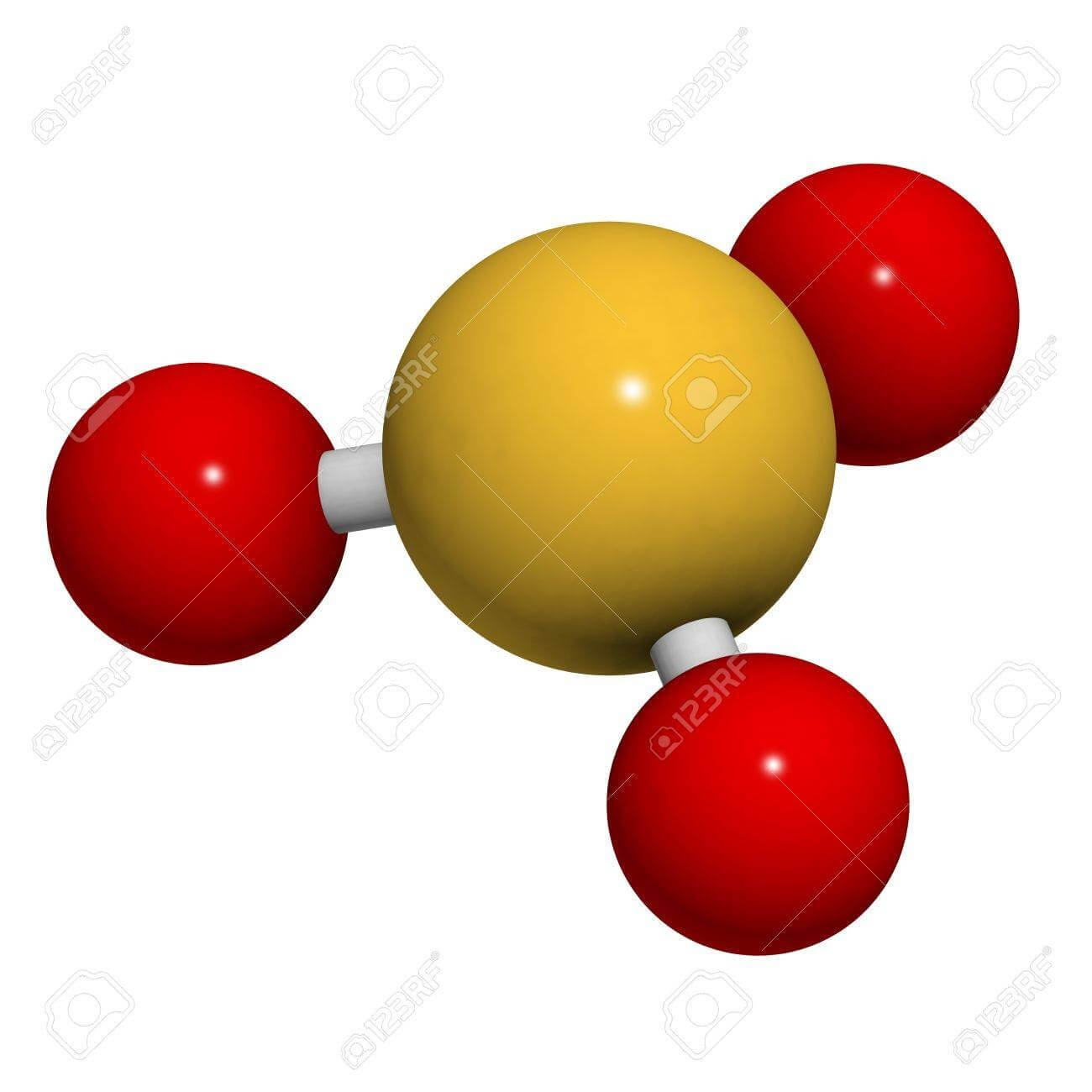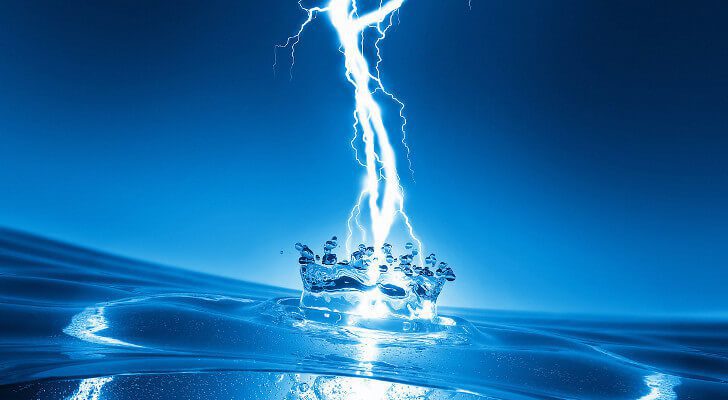

Ionic exchange
The ion exchange process has been used since ancient times. With the help of this process, Artha Tallis contacted soils with fresh water and sprinkled fresh water.
In 1845, Thomson showed that whenever water containing ammonium sulfate passes through the soil, calcium sulfate is released into the water.
NH4) 2Z + CaSO4) → (Calcium soil) NH4) 2SO4 + CaZ)
This identification became the basis for the advent of ion exchange knowledge, and in the second half of the nineteenth century it was shown that ions can exchange ions from ions of alkaline earth metals, silica and aluminum, called aluminosilicates (Al2O3 / mNa2O / xSiO2 / yH2O). Minerals with the highest ion exchange capacity were diatomaceous soils and green sands called zeolites.
In 1930, the first ion exchangers were made up of the reaction of anthracite and sulfuric acid, known as sulfonated coal. The maximum capacity of these ion exchangers is about 0.7 eq kg-1. Then polymer ion exchange resins were made from phenol or its derivatives with formaldehyde, with a capacity of about 1.2 eq kg-1. In the course of these investigations various resins were made and finally, in 1945, with the help of copolymerization of styrene and di-vinylbenzene, spherical cationic and anionic resins were weak and strong, with the capacity of these resins sometimes multiplying the previous ones.

Ionic exchange phenomenon
Ion exchange resins are water insoluble solids that can be used to absorb cations and anions by ion exchange. The ion exchange phenomenon is a combination of the adsorption phenomenon and the process of penetration, and the reaction rate is determined by the mass transfer operation that transmits ions from the fluid to the surface of the resin or from the surface of the resin to the fluid.
The ion exchange phenomenon is a chemical equilibrium and follows the principles governing equilibrium. In electrolytes, there is also an ion exchange phenomenon, but because homogeneous ions, in which ion exchangers are both liquid, are an effective chemical kinetic agent, while ion exchange is due to the presence of electrostatic forces and the power of exchange These forces depend on how much they are based on stoichiometric calculations, and in a manner in which materials are both electrically neutral before and after ion exchange.

The produced water is less heaver . Advantages of these types of resins are:
A) high capacity
B) Reduction with less and less acid
C) Need less water for watering
Anion-free and cationic resins are used to produce ion-free water. These resins are produced in weak and strong types. Strong cationic resins have the ability to remove all cations.
H2R + CaCl2 ↔ CaR + 2HCl
H2R + 2NH2NO3 ↔ (NH4) 2R + 2HNO3
H2R + K2R + H2SO4 ↔ K2R + H2SO4
H2R + Na2SO4 ↔ Na2R + H2SO4
Strong anions in the water also exchange ion exchange ion exchange resins. The process of anion exchange is shown as follows.
R (OH) 2 + H2SO4 ↔ SO4R + 2H2O
R (OH) 2 + 2HCl ↔ Cl2R + 2H2O
R (OH) 2 + 2HNO3 ↔ (NO3) 2R + 2H2O
Cationic resins
Cationic resins were prepared by the reaction of phenol or its derivatives with formaldehyde and then sulfonated with sulfuric acid to a mass state that they were crushed and screened and used. These resins were also made from polystyrene sulphonation.

A number of di-vinylbenzene is added in styrene polymerization. Polymers with a grid structure are produced which, by sulfoneation, produce a strong cationic resin.
By changing the degree of cross-linked di-vinylbenzene, the porosity and stability of the resin are controlled. Increasing cross-links reduces porosity, resulting in higher resin temperature resistance.
For the production of spherical beads, the agitator, the monomer, should be immersed in water and co-polymerization should be performed. Strong cationic resins can exchange ions with all cations in the water.



